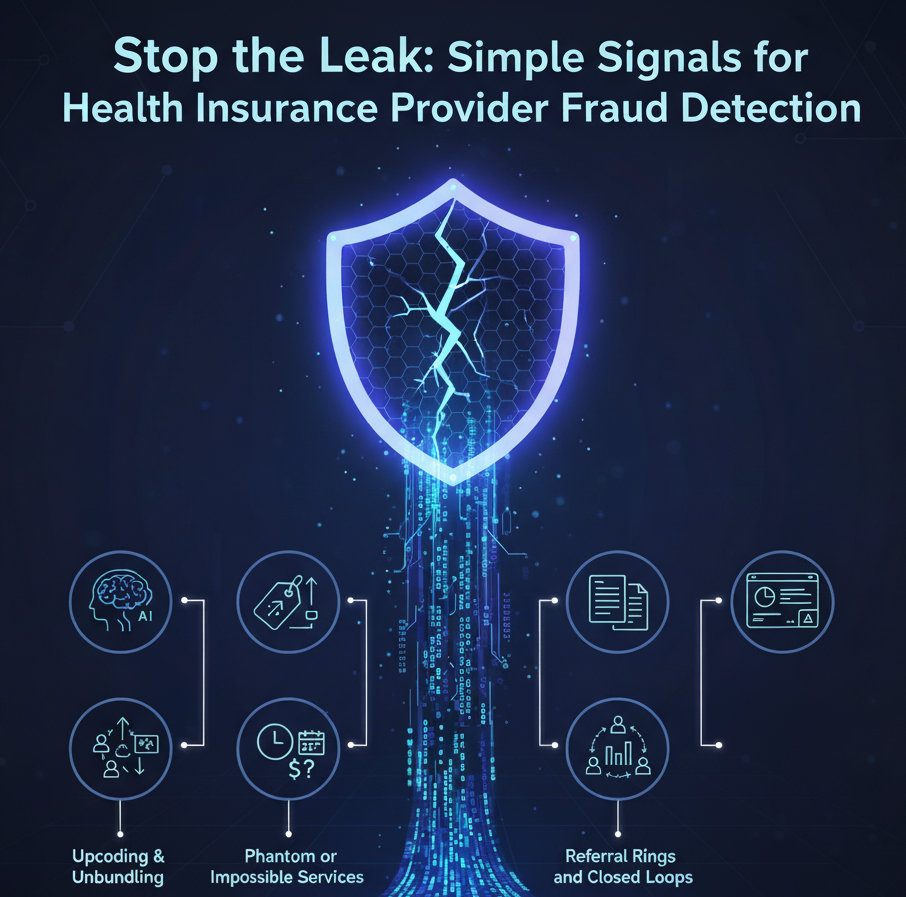Protecting Sensitive Data: A Must-Have for Health Insurance Companies
Summary: As a health insurance executive, ensuring data safety is crucial to protect sensitive information, maintain compliance, and prevent financial losses. With the rise of cyber theft and AI, health insurance companies must prioritize data privacy and security. In this post, learn about the challenges of data theft and cyber theft, how to ensure compliance with regulations and governance, and how to use data safety as a competitive advantage to drive business growth. Additionally, you'll discover Curacel, a technology company that provides solutions to streamline claims processing and fraud detection while prioritizing data privacy and security.
As a health insurance executive, you understand the importance of protecting sensitive data to maintain customer trust, comply with regulations, and prevent financial losses. This post provides insights into data theft and cyber theft and the top challenges of data safety. It also shares tips to ensure compliance with regulations and governance, use data safety as a competitive advantage to drive business growth, and where Curacel fits in.
Data theft and cyber theft are significant concerns for health insurance companies, as they can lead to reputational damage, regulatory fines, legal implications, and financial losses. Health insurance companies must prioritize data privacy and security by identifying relevant regulations and governance frameworks, developing a comprehensive data privacy and security policy, providing training to employees, implementing technical and organizational measures, and regularly testing and auditing security controls.
Using data safety as a competitive advantage can differentiate health insurance companies from competitors, build customer trust, and attract new business. Health insurance companies can use solutions like Curacels' Claims to streamline claims processing and fraud detection while prioritizing data privacy and security. Curacel's solutions leverage AI and data analytics to detect fraudulent claims and provide actionable insights for insurers to improve claims processing.
Data safety is a must-have for health insurance companies to protect sensitive data, comply with regulations, and prevent financial losses. By following the tips in this post and partnering with Curacel, health insurance executives can prioritize data privacy and security, differentiate themselves from competitors, and drive business growth.
The top challenges of data safety are:
Keeping up with evolving regulations and governance frameworks.
Maintaining adequate technical and organizational measures to protect data. Ensuring employee compliance and awareness of data privacy and security best practices. Managing the increasing volume and complexity of data being collected, processed, and stored. Responding effectively and promptly to data breaches and incidents.
Where does Curacel come in
Curacel is an insurtech company that provides solutions to health insurance companies to streamline claims processing and fraud detection. Curacel's solutions leverage artificial intelligence (AI), data analytics and machine learning (ML) to detect fraudulent claims and provide actionable insights for insurers to improve claims processing.
As a technology company that handles sensitive data, Curacel is committed to data privacy and security. Curacel complies with relevant regulations and frameworks, including the GDPR and HIPAA, and implements technical and organizational measures to protect sensitive data. Curacel's solutions can also help health insurance companies improve their data safety by detecting and preventing fraudulent claims, which can lead to financial losses and reputational damage.
Abonnez-vous à notre newsletter pour recevoir du contenu hebdomadaire


























.svg)







